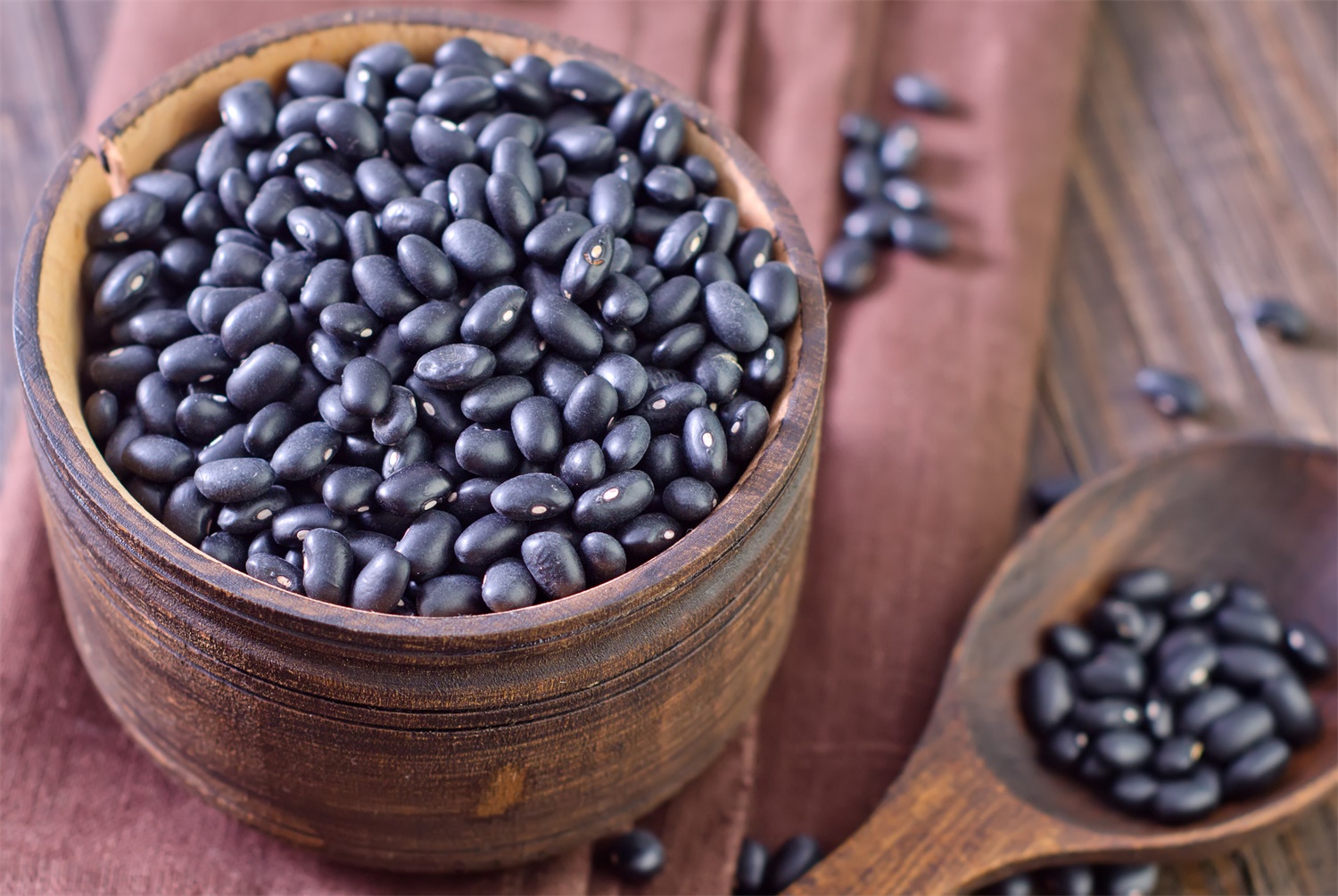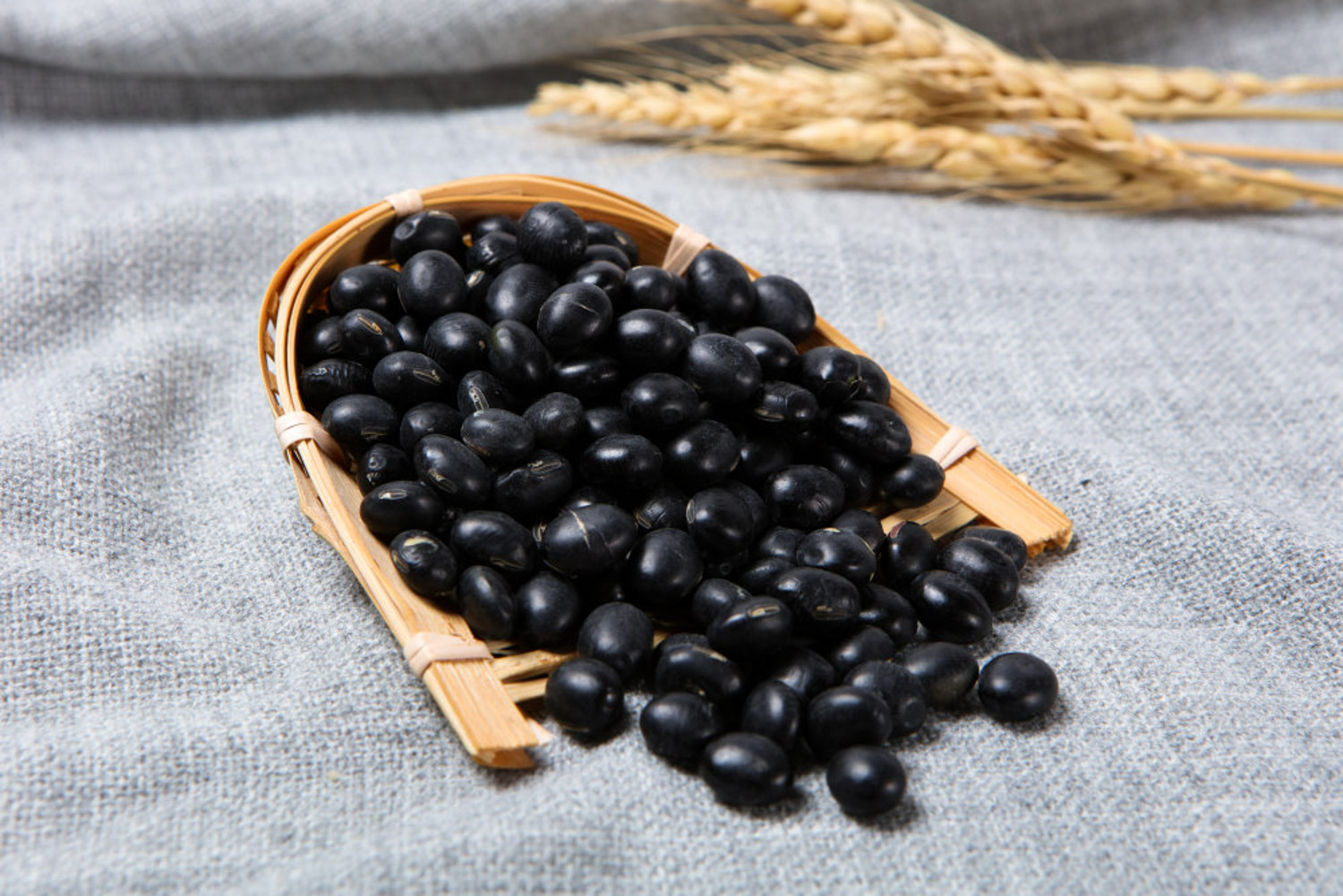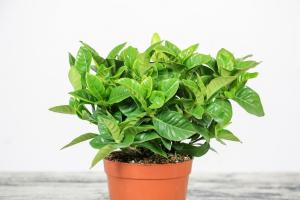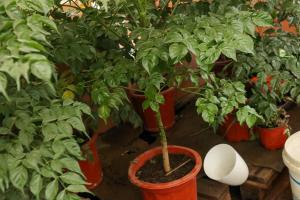1、 Curing method
1. Soil: black beans have strong adaptability and can be planted in arid, barren land and even saline alkali land. Before planting, the land should be turned over first. The soil is loose and flat, which is more conducive to the growth of black beans
2. Moisture: it should be watered timely to prevent the soil from hardening into blocks and affecting the growth of black beans. Especially in dry weather, timely watering is required, but ponding in the soil cannot be allowed to prevent its rotten roots

3. Nutrient: urea and phosphate fertilizer can be selected as fertilizer. When turning the land, fertilize some base fertilizer first, and then turn it over, so as to better integrate the fertilizer with the soil. In the growing season, it needs proper topdressing to provide it with more nutrients
4. Light: it likes light and should be provided with sufficient light during maintenance. It can't be kept out of the sun for a long time, otherwise it will grow poorly

2、 Breeding skills
1. Pruning: when there are symptoms of withering, wilting and yellowing on the branches and leaves of black beans, these branches and leaves should be pruned in time to avoid affecting the growth of other healthy branches and leaves
2. Reproduction: seeds are generally used. Select strong seeds and mix them with high fat membrane. This can prevent the influence of plant diseases and insect pests during planting. Then sow them into the soil, slowly maintain them and wait for germination

3、 Diagnosis and treatment problems
1. How to clean up weeds: during the planting of black beans, there are often weeds to absorb the nutrients in the soil. Generally, acetochlor is mixed with water and sprayed on the soil about three days after planting black beans, which can make the weeds clear from the roots
2. Rotten roots: the rotten roots of black beans are caused by too much ponding in the soil. Timely drainage and dredging shall be carried out during irrigation and rainy season to avoid rotten roots caused by too much ponding

4、 Other issues
1. Edible: black beans are edible. Black beans can be boiled and fried. They can also grow their own black bean seedlings, and then mix and fry them. The taste is also excellent. Although black beans are delicious, they should also be controlled and should not be eaten too much
2. Whether it can be planted: black beans can be planted on the ground. They are generally cultivated on the land. The potting base is too small and the soil layer is thin, which is unfavorable to the growth of black beans. The thick soil layer can be ploughed and cultivated, which can promote black beans to better absorb nutrients and promote growth


 jackfruit
jackfruit snake plant
snake plant hibiscus
hibiscus hydrangea
hydrangea lavender
lavender Green roses climb al...
Green roses climb al... If you don't pay att...
If you don't pay att... Management of four g...
Management of four g...



































